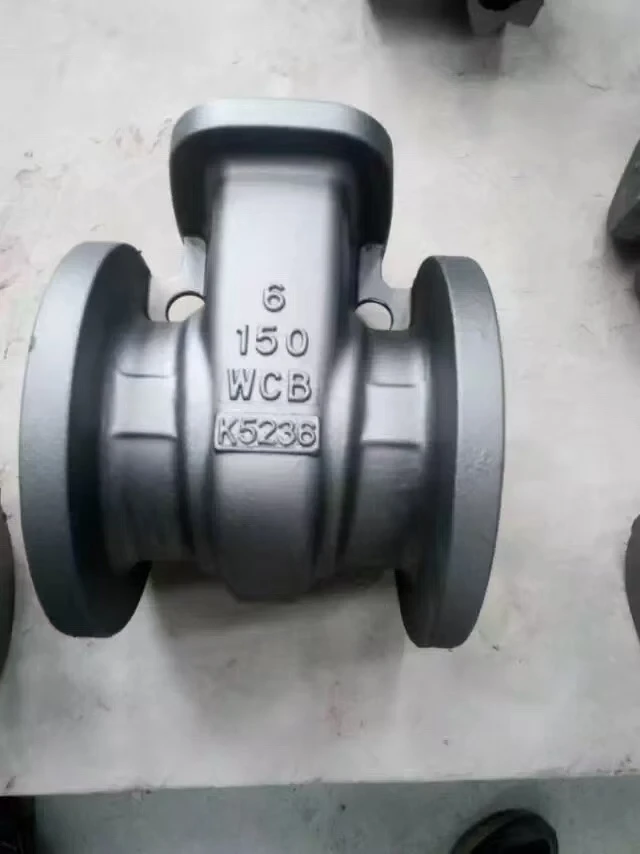

From an authoritative standpoint, research and guidelines set by bodies such as the American Foundry Society provide a comprehensive foundation on best practices in sand casting. These organizations often conduct studies and develop standards to optimize sand properties and casting outcomes. Adhering to these guidelines ensures companies maintain consistent quality, thus building consumer confidence in their products. Trustworthiness in the context of casting sand also revolves around transparency and the traceability of the materials used. By maintaining clear records of the sand's sourcing, preparation, and recycling processes, manufacturers can provide guaranteed assurance of quality to clients. Furthermore, advocating for and adopting third-party verifications or certifications enhances trust and reliability in the marketplace. In conclusion, casting sand is not merely a facilitator in the metal casting process; it is a critical component that affects quality, sustainability, and efficiency. Mastery of this material demands a blend of experience, expertise, and adherence to authoritative standards. Whether through innovative practices or traditional methods, the ability to work skillfully with casting sand is indispensable for success in the competitive landscape of manufacturing today. Post time:የካቲ . 13, 2025 12:26
Next:sand casting sand types
